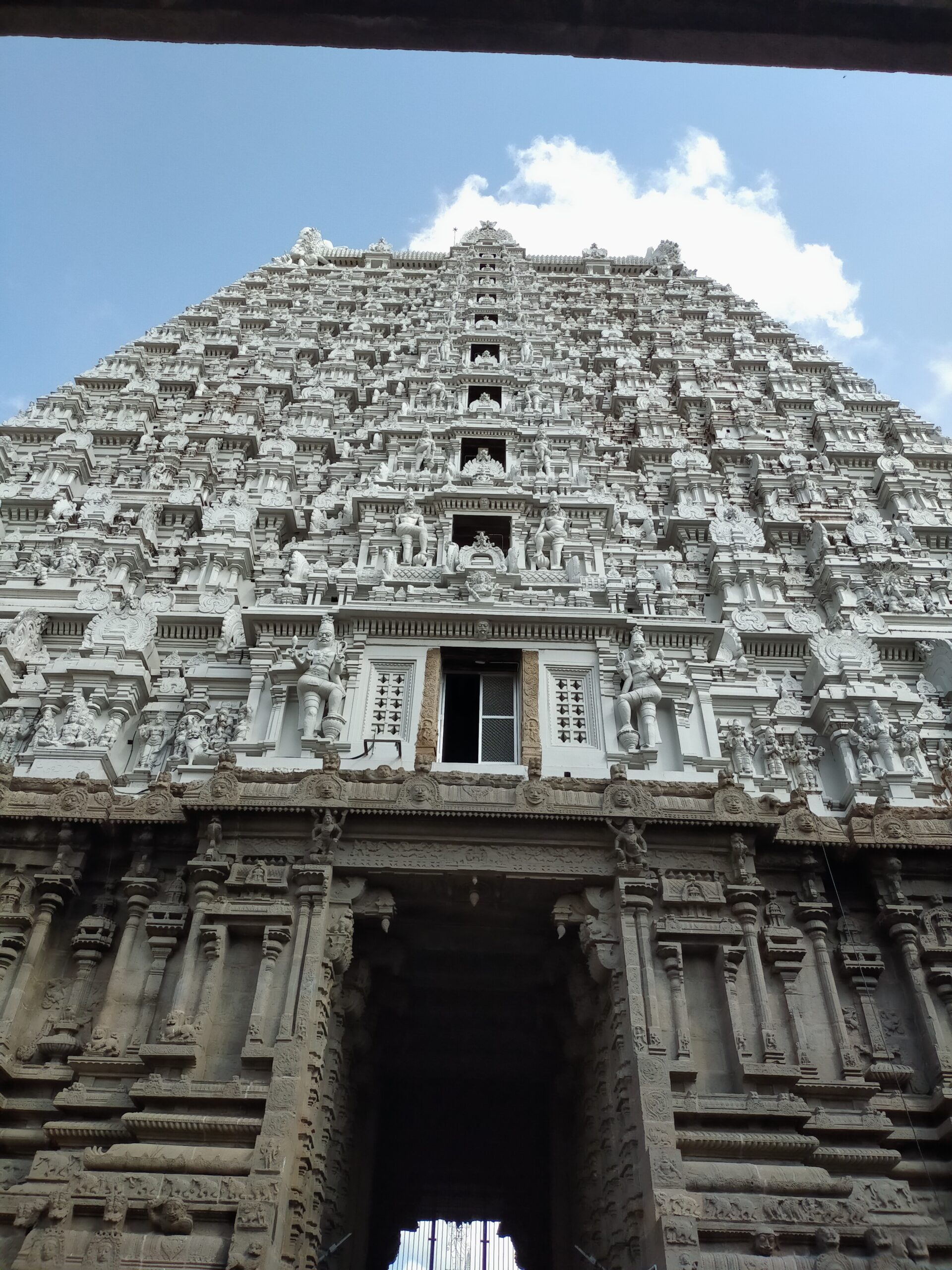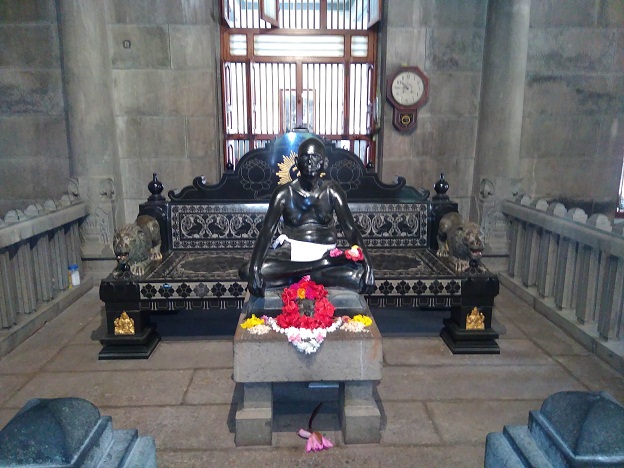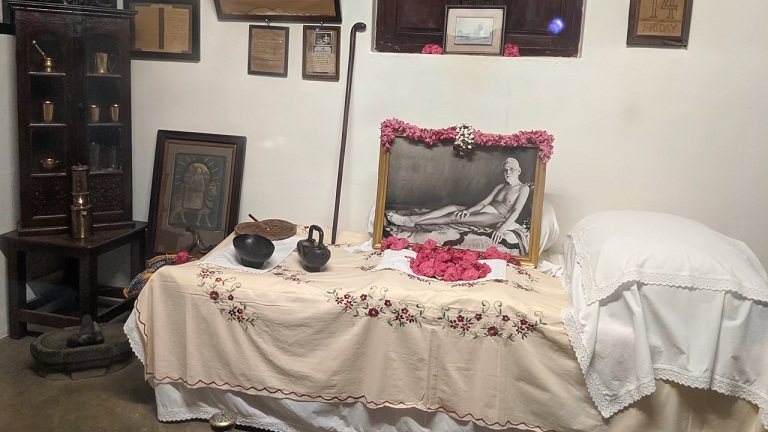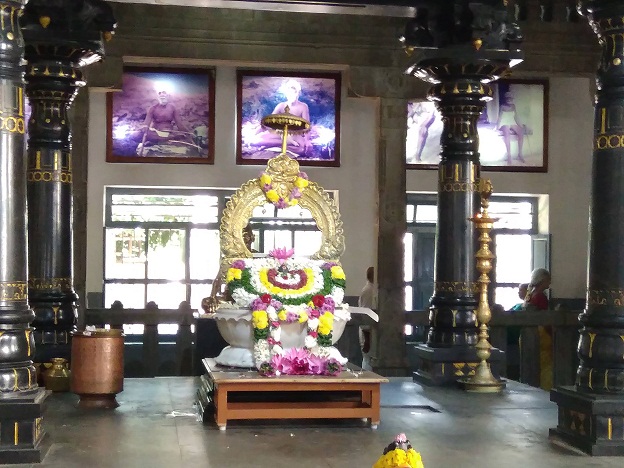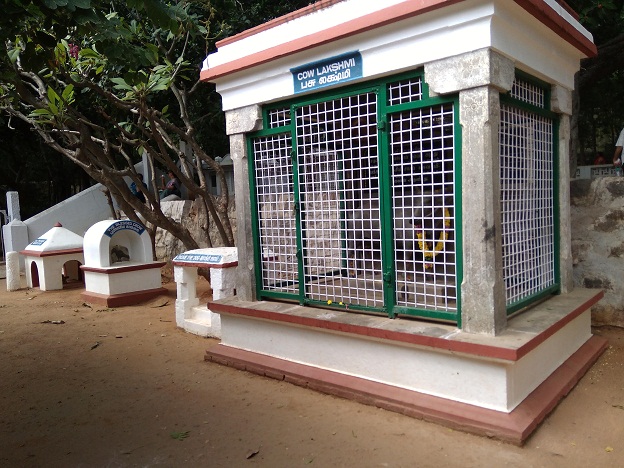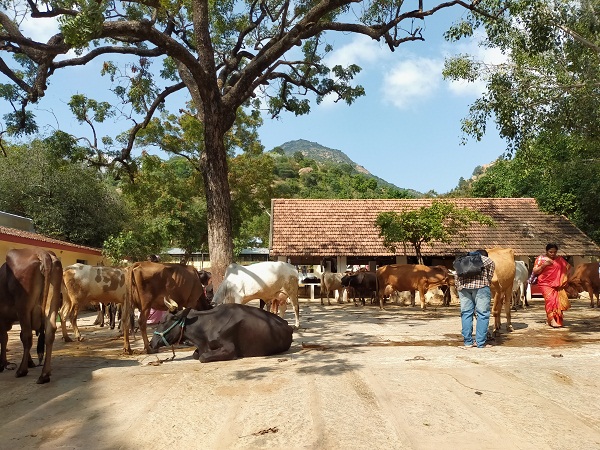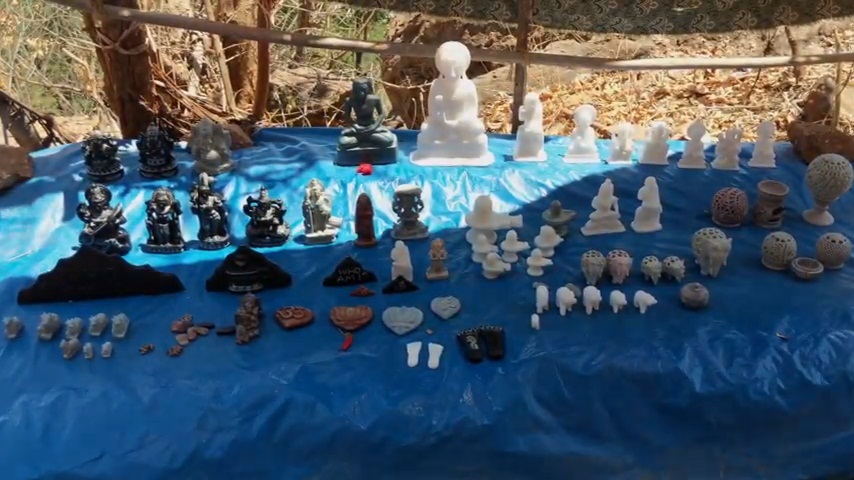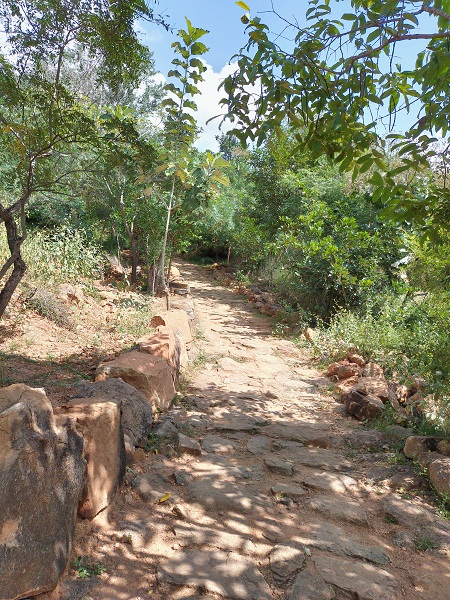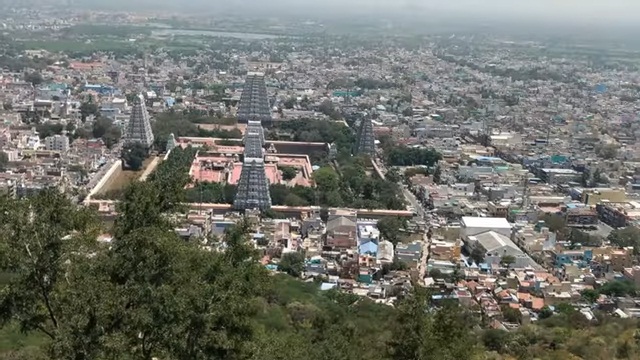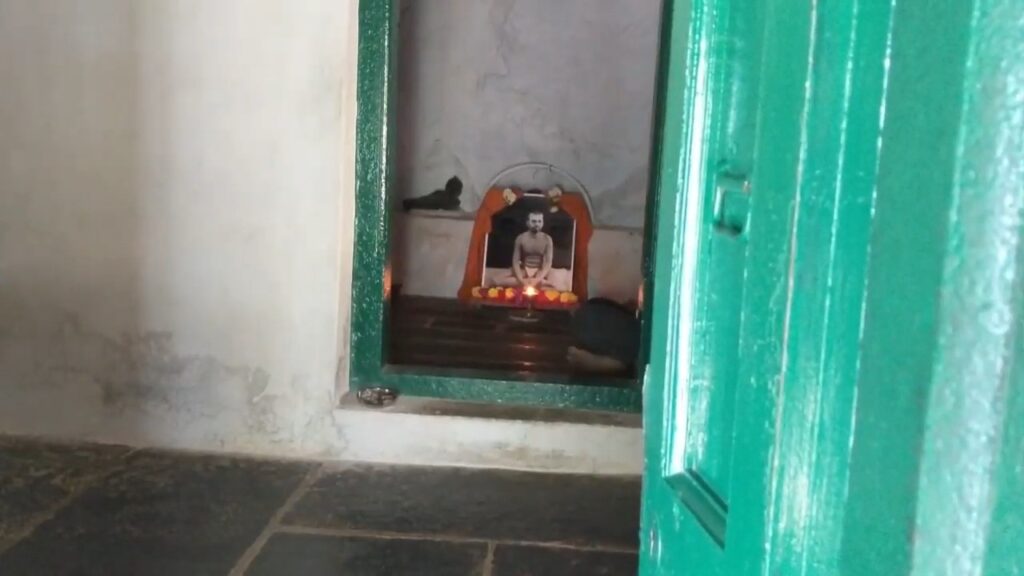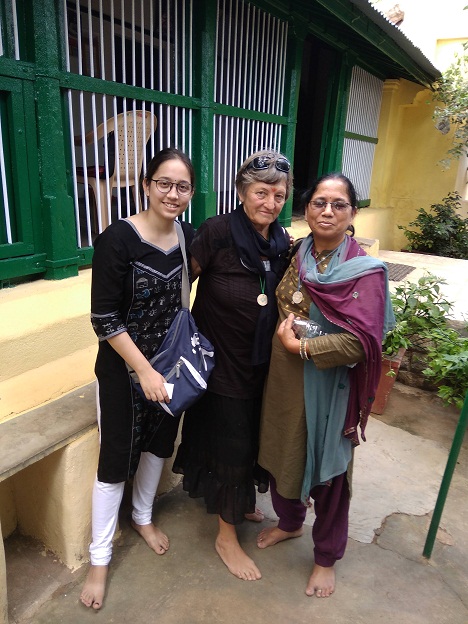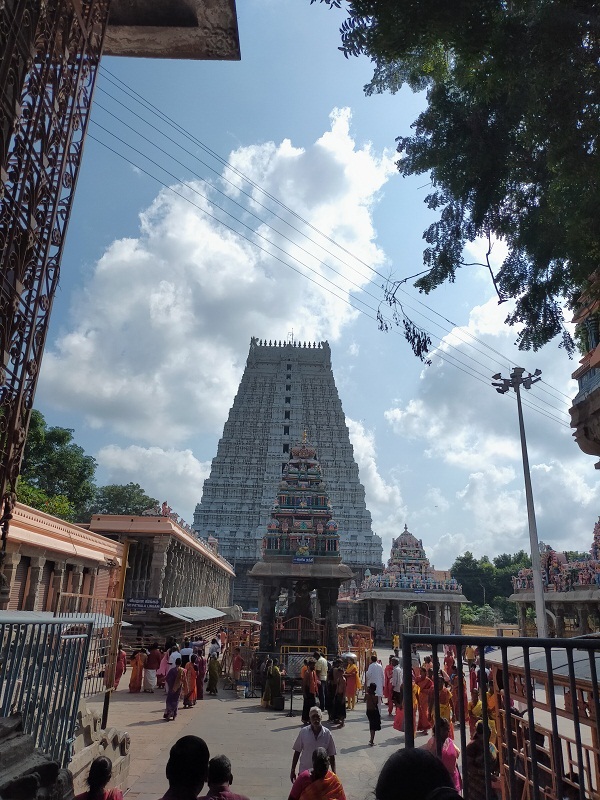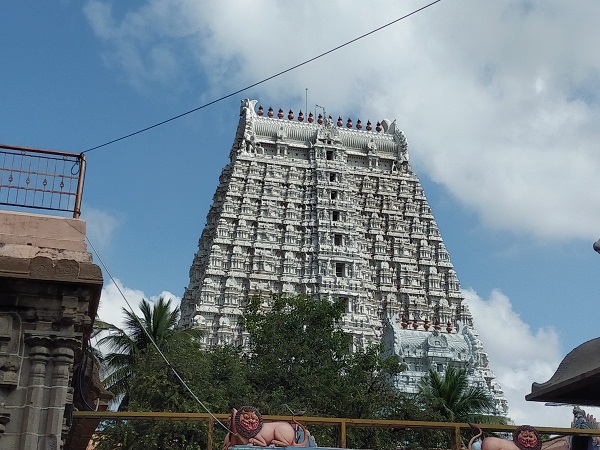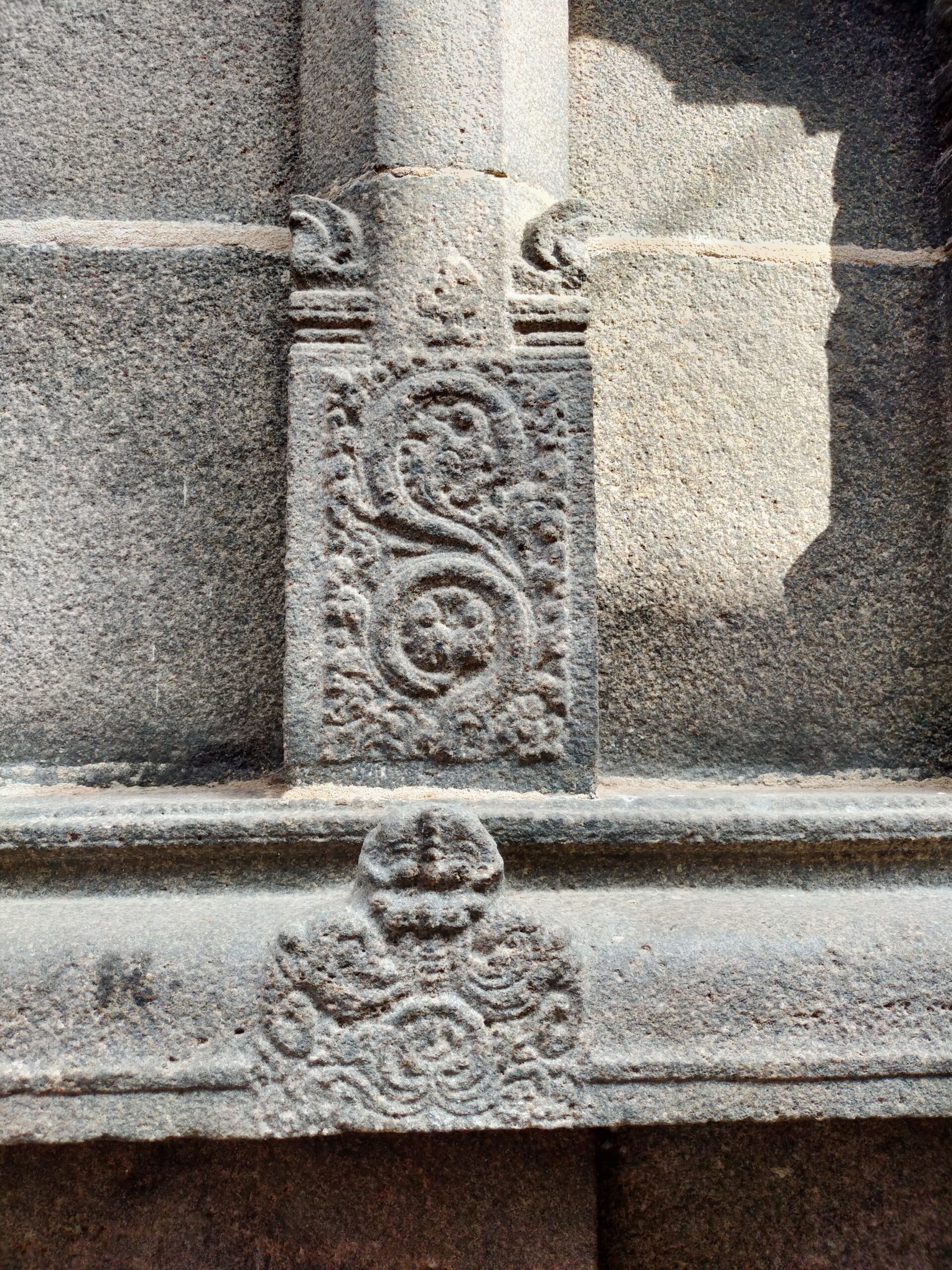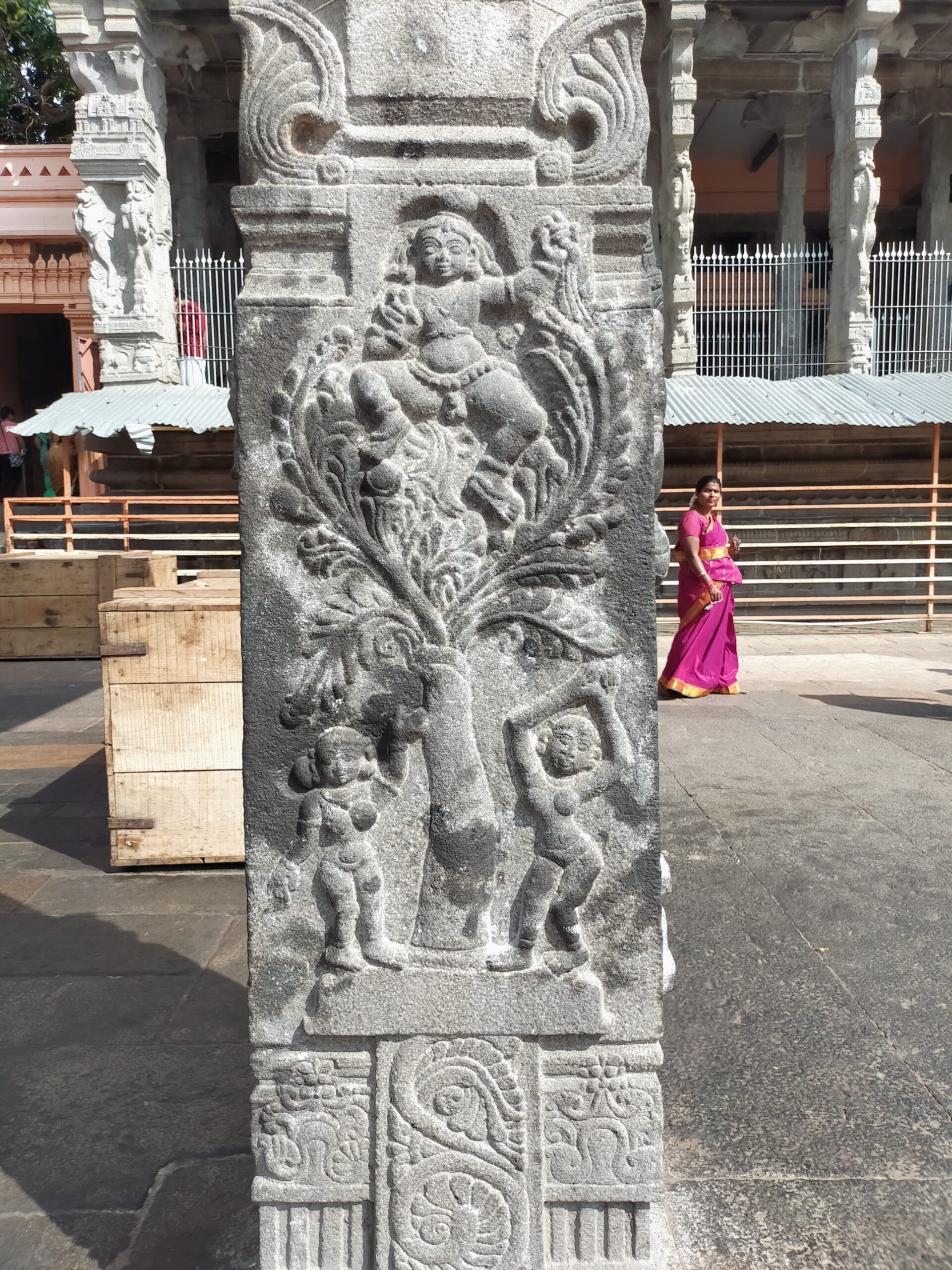If you ever happen to come to Pondicherry, never miss the opportunity to pay a visit to the twin destinations of Thiruvannamalai and Gingee. While the former charges you spiritually with the holy places like the Ramana Ashram and Arunachaleswar temple, the later is a treasure trove for the history enthusiasts as the imposing Gingee fort stand tall. This post is an account of my trip to Thiruvannamalai. For my Gingee tour you can read 5 Amazing facts that make Gingee fort a must visit
I had visited Thiruvannamalai earlier back in 2009, but there was something magical in the air that always urged me that the place deserved yet another visit. The long awaited day finally arrived as we found ourselves traveling on the NH-32 to the land of lord Arunachaleswar and Sri Ramanana Maharshi, the most revered sage of the 20th century. It was a cool December morning that was perfect to travel in this part of India which otherwise experiences warm weather throughout the year.
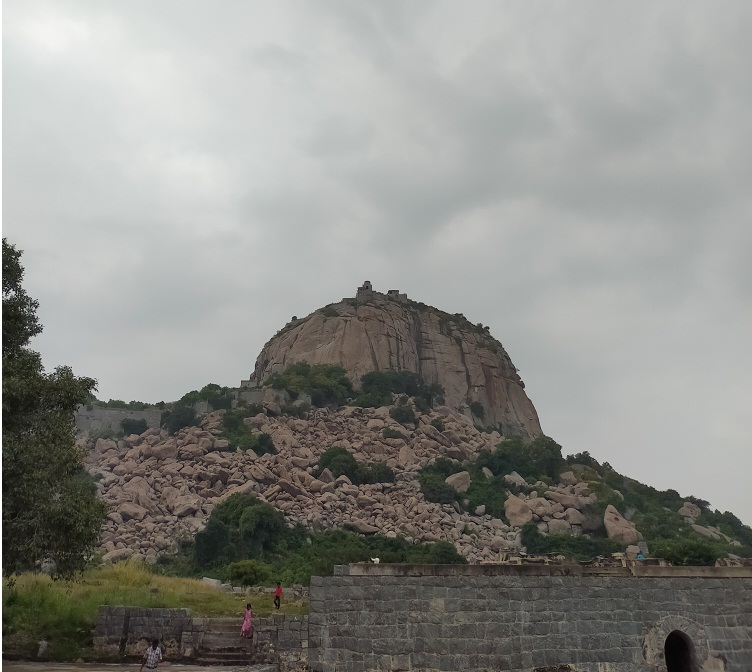
Post Contents
The Journey
The distance from Puducherry to Thiruvannamalai is about 110 Kms and a taxi takes a little more than 2 hours to get there. We had hired a car for the travel from Royal Travels, a car rental agency in the town and scheduled to start from our guesthouse at 7 AM. It came as a pleasant surprise when Mohan, driver of our car announced his presence outside the guesthouse at least ten minutes before our scheduled departure.
Let me tell you here that the cab rental people in Puducherry are very professional as I have noticed during my several trips to the city. Also, there is a uniformity in the cost of rental among all the travel agents in the city. Therefore there is virtually no chance that you get cheated.
Coming back to the journey we drove on NH-32 which connects Puducherry and Chennai that took us to Tindivanam about 40 kms away. On the outskirts of the town, we left NH-32 by taking a left turn to enter NH-77 that follows the Chennai-Bengaluru route. Being winter the landscape offered an awesome look as we proceeded enjoying the paddy fields of green and gold.
After a few kilometers, the topography began to change with the vegetation becoming thinner. As we proceeded further the greenery was replaced by parched land and rocky outcrops. A few kilometers more and we were welcomed by distant hills which became closer as we passed by the majestic Gingee fort.
Thiruvannamalai was now just a matter of time. As we furthered our journey we felt like entering the aura of the divine destination and now we could see the holy Arunachalam hills from the outskirts of the town. Finally, we arrived in Thiruvannamalai located at the foothill of Arunachala. The twin attractions of Arunachaleswar temple and Ramanashramam has made this sleepy, small town a hugely popular destination among tourists and pilgrims.
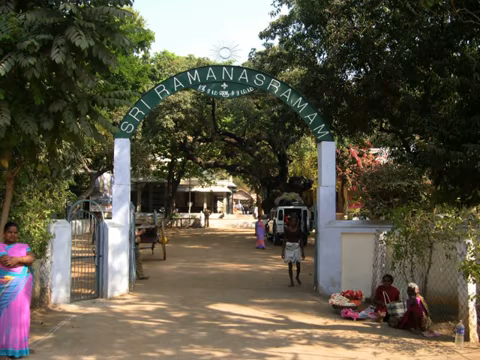
Sri Ramana Ashram
We had just stepped into the Ramana Ashram. I only came to know about Sri Ramana Maharshi a few years ago from a book called ’A Search In Secret India’ written by British author Paul Brunton who is credited with introducing Maharshi to the West. While traveling across India Brunton lived with yogis, mystics, and gurus but found most of them not convincing.
Then he visited Ramana Ashram in the 1930s which changed the course of his life. He found the answer that he was looking for which came from self-knowledge when he met and studied with the great sage.
The time was winter vacation and the ashram premise crowded with pilgrims, yet as always quietude reigned supreme. We took a detour of the Ashram and visited the most revered places like the old hall, the new hall, the samadhi shrine, the nirvana room, Matrubhuteswar temple, library, goshala, and the dining hall.
Maharshi was very fond of animals and birds. You can spot the graves of a deer, a dog called Jackie, and a cow (Laxmi) towards the rear end of the ashram. During my last visit, I had found a number of peacocks including the rare white ones roaming freely in the ashram premise. I don’t know why, but this time there were none.
Skandashram and Virupakshya caves
Before settling down at the foothill of Arunachala which is now known as Ramanashramam, Maharshi Ramana lived in several places around Thiruvannamalai. The two caves on the Arunachala hills where the sage lived during the formative years of his spiritual journey were Skandashram and Virupakshya cave.
We were now on our way to these two holy places over the hills. Skandasram is about 2 kms from the ashram and it roughly takes an hour to trek the distance. We took the back door gate of the ashram that opens the sacred path which leads to these caves. The narrow path is paved with stones amidst the dense forest.
The walk was nothing less than a small adventure where we encountered the menacing monkeys on the way on several occasions. Please take care of your belongings when you are coming here. Along the way, we came across people selling stone-carved souvenirs. We took a break at a lemonade stand to take a little rest and also quench our thirst.
We resumed our walk to reach the viewpoint from where you can have a spectacular panoramic view of the Arunachaleswar temple. We clicked a few pictures and walked again. Finally, we reached the first cave shrine. The trek to Skandashram was not a very arduous one. Only sometimes it pinches as you need to walk barefoot.
This is the place where Ramana Maharshi had lived from 1916 to 1922 after his mother decided to spend the rest of her life with Ramana. The cave shrine has been divided into two quarters one of which is dedicated to his mother. There were a number of Westerners all from the Czech Republic when we arrived there.
We had a good time with them. Our next destination was Virupakshya cave which was situated barely 200 meters downhill from Skandashram. Unlike the trek to Skandashram here there was no proper path and even the small descend seemed not risk-free.
Virupakshya cave is named after Virupakshya Deva, a 14th century sage who had lived here. However today the place is better known as the early abode of Ramana Maharshi. He lived here for 17 years from 1899 to 1916 and indulged in deep meditation. It is here that his early works like ‘Self Inquiry’ and ‘Who Am I’ were written. Both these shrine caves are maintained by Ramana Ashram.
Arunachaleswar temple
Our next destination was Arunachaleswar temple a.k.a Annamalaiyar which is at a distance of about 2 kms from the ashram. The temple situated at the bottom of the Arunachala hills is dedicated to Lord Shiva. We left our shoes in the car and walked to the temple. You have to pass through a strict security check to enter the temple premises.
The good thing is that you are allowed to take your cell phones, camera, and hand bags inside the temple. After clicking a few pictures we followed the line that took us to the main temple for the darshan of Lord Shiva, the presiding deity. It took about an hour to reach the sanctum sanctorum for the darshan. We had opted for the shorter queue for which we had to pay Rs 50 per person.
The temple premise is huge and is spread over an area of 25 acres. It is an imposing structure that follows the traditional Dravidian style of architecture. The highlights of the temple are the four gateway towers known as gopurams which boast finely carved sculptures that are a feast to the eyes. The eastern gopuram with 11 stories and at 66 meters is one of the tallest among the temple towers in the country.
After entering the temple premise you can see that each gopuram has mandapams, shrines, and enclosures. There are many halls in the temple premise, the most popular being the thousand pillared hall which was constructed by the Vijayanagar period (1336-1646 AD) while historians attribute most of the early structures built by Chola kings in the 9th century. A big tank is built just opposite this hall.
The temple is referred to as a panchabhuta sthalam, which is dedicated to the manifestation of the five natural elements. It is believed that Lord Shiva has apparently manifested himself as an element of fire in this temple and thus known as Agni Lingam.
Girivalam, the ritual of circumambulating the holy Arunachalam hill is observed on every full moon day of the year. It is a gruesome practice of walking some 14 kms around the hill which is dotted with eight lingam sites. Girivalam on Karthigai Deepam which falls on the full moon day of the month of Kartika is believed to be the most auspicious and invites lakhs of devotees.
Travel Tips
- Thiruvannamalai is located at a distance of 190 kms from Chennai, 220 kms from Bengaluru, and 110 kms from Puducherry.
- The nearest airport is Chennai about 190 kms from Thiruvannamalai and the nearest railway station is at Thiruvannamalai itself.
- There are plenty of good hotels and guest houses in Thiruvannamalai for all kind of travelers. If you want to stay at the Ramana Ashram, you can write to them well in advance.
- Apart from Ramana Ashram and Arunachaleswar temple, the other tourist attractions include Tirumalai, a Jain temple complex in the outskirt of the town, Mamara guhai ( a tree cave), Shesadri Swamigal Ashram, Sathanur dam, and Gingee fort which is about 35 kilometers from Thiruvannamalai.
- While you can visit Thiruvannamalai at any time of the year, the best time to visit is from November to February. The place experiences a very harsh summer while the monsoon brings a lot of rain.

